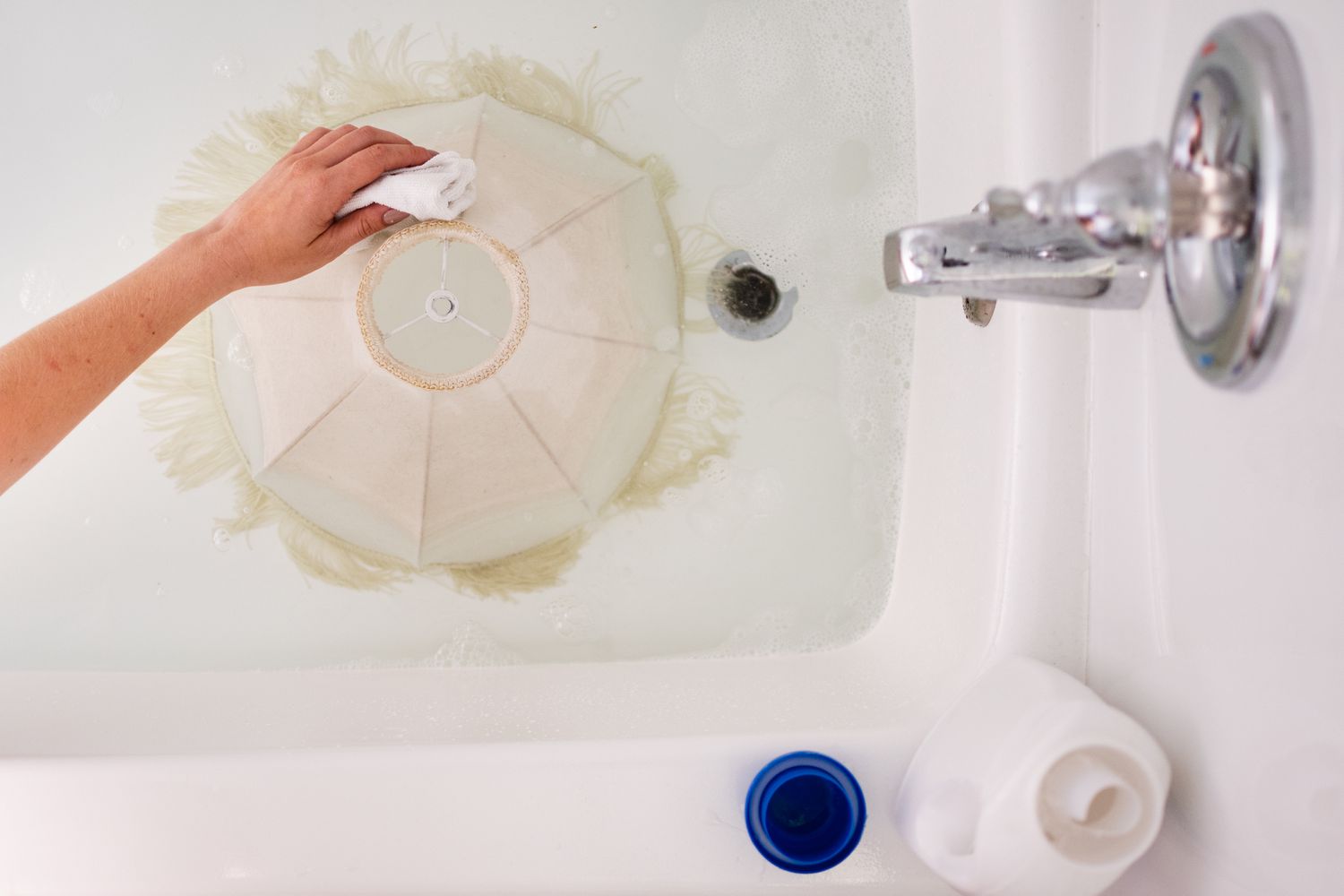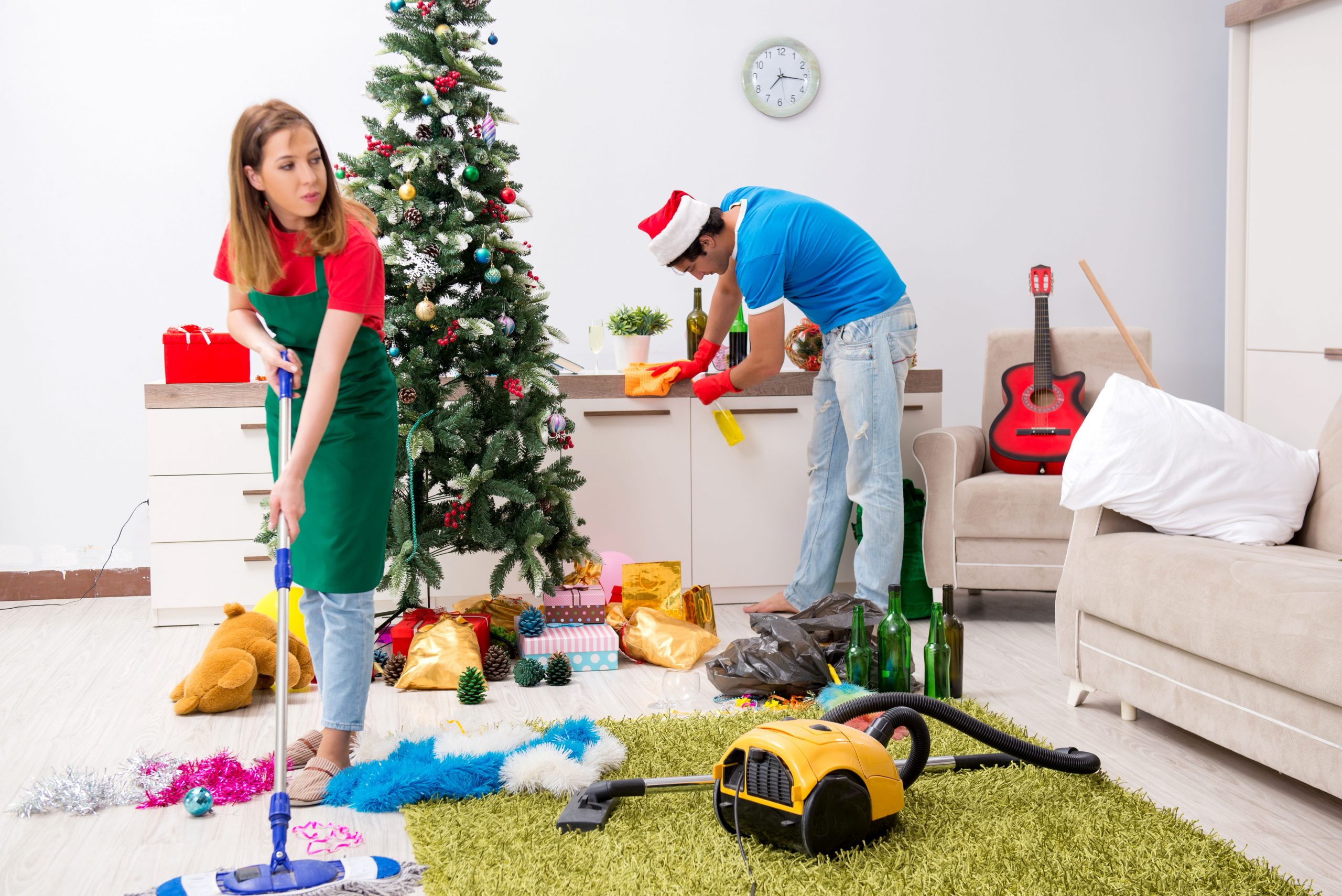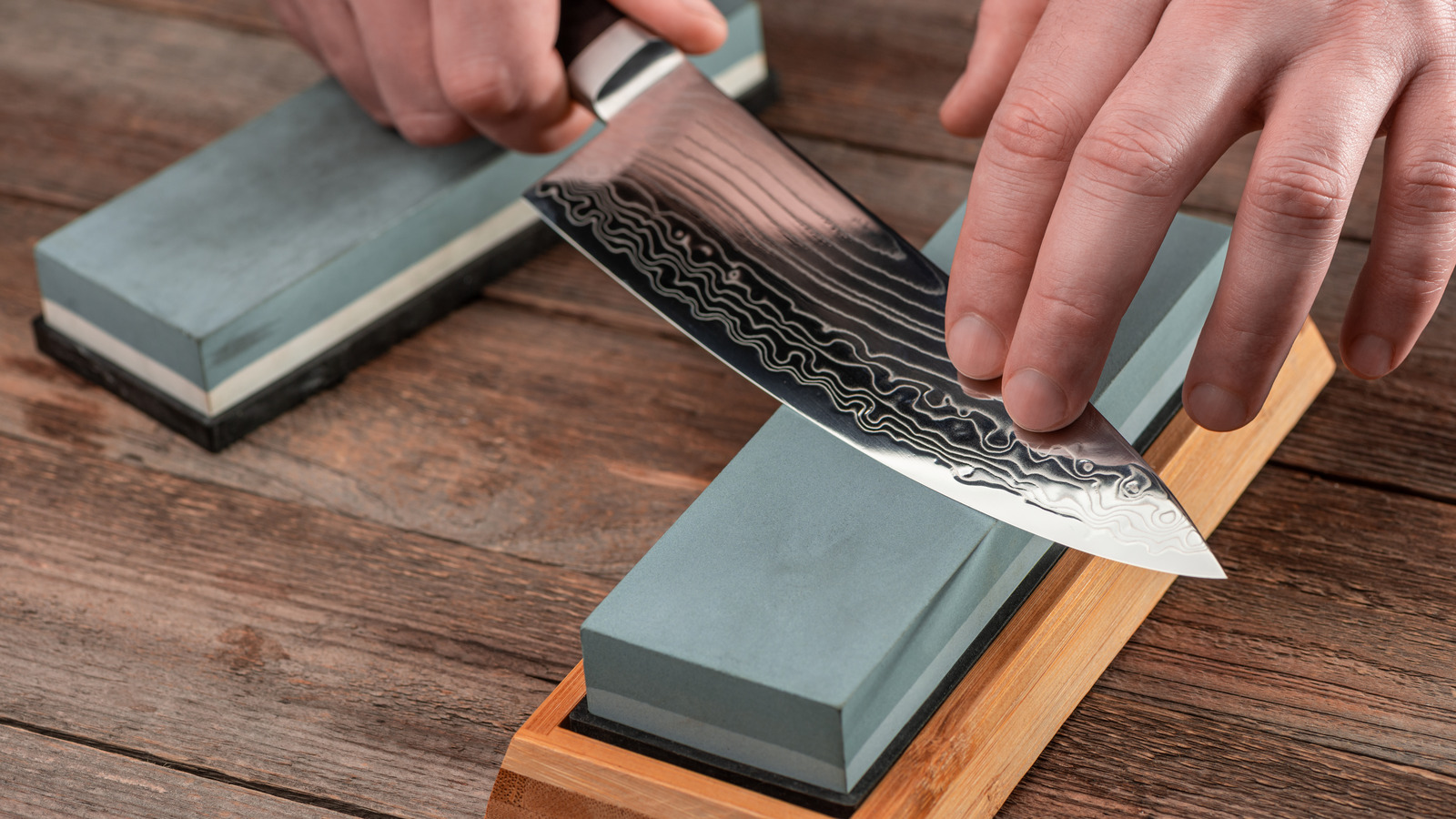If your lampshades have started looking dull, dusty, or yellowed, it’s time for a deep clean. Lampshades collect dust, pet hair, and grime over time, which can make your home look less bright and inviting. Fortunately, cleaning lampshades is easy once you know the proper methods for each material. Whether you’re dealing with fabric, paper, glass, or plastic lampshades, this guide will show you exactly how to make them look brand new again.
Why You Should Clean Your Lampshades Regularly
Dust and dirt buildup on lampshades can block light and affect the air quality in your home. Regular cleaning not only brightens your space but also helps preserve the lampshade’s color and texture. Ideally, you should dust your lampshades once a week and deep clean them every 3–4 months.
How to Clean Fabric Lampshades
Fabric lampshades are the most common type, but they tend to trap dust easily. Here’s how to clean them without damaging the material.
1. Dust the Lampshade
Remove the shade from the lamp and wipe it gently with a microfiber cloth or lint roller. Start from the top and move downward so dust falls away naturally. For pleated fabric lampshades, use a soft-bristled paintbrush to reach into folds.
2. Vacuum for Heavy Dust
If the lampshade is very dusty, use a vacuum with a soft brush attachment to lift debris. Work gently to avoid stretching delicate fabric.
3. Wipe with Soapy Water
Mix a few drops of mild detergent in warm water. Dip a microfiber cloth, wring it out, and gently wipe the lampshade. Rinse with a clean damp cloth to remove soap residue. Avoid soaking vintage or silk lampshades to prevent streaks or damage.
4. Remove Stains with a Toothbrush
For stains or spots, use a soft-bristled toothbrush dipped in soapy water. Scrub gently in circular motions, then wipe off the residue with a damp cloth.
5. Deep Clean by Soaking (for Stitched Shades Only)
If your lampshade is heavily stained and stitched (not glued), soak it in warm, soapy water for 10–15 minutes. Wipe gently with a cloth, rinse in clean water, and air-dry thoroughly. Avoid soaking glued shades, as the adhesive may loosen.
How to Clean Paper Lampshades
Paper lampshades are delicate and require special care. Avoid water to prevent tearing or warping.
1. Always Wear Gloves
Oil from your hands can discolor paper, so wear clean cotton gloves before handling the shade.
2. Dust with a Microfiber Cloth
Wipe the surface gently from top to bottom using a dry microfiber cloth or lint roller. Be gentle to prevent tearing.
3. Remove Stains with an Eraser
Use an art gum eraser to rub off marks carefully. Switch to a clean part of the eraser as it gets dirty. Alternatively, use a piece of white bread (without crust) or a magic eraser sponge to lift stains naturally.
Pro Tip: Never use water on paper lampshades. Moisture can weaken the paper fibers and cause permanent damage.
How to Clean Plastic and Glass Lampshades
Plastic and glass lampshades are durable and much easier to clean. You can safely use mild detergents and even soak them if needed.
1. Dust the Surface
Wipe your lampshade with a microfiber cloth to remove surface dust. Always wait until the lamp is cool before removing the shade.
2. Use Vinegar for Grease
If your shade has greasy spots (especially in kitchens), make a 50/50 vinegar and warm water solution. Wipe with a damp cloth until the grease lifts.
3. Wash Thoroughly
Mix a few drops of dish soap into warm water and use a soft-bristled brush to scrub away dirt. Rinse with clean water and dry with a towel to prevent streaks. For glass shades, you can also use a glass cleaner for extra shine.
How Often Should You Clean Lampshades?
1. Weekly Dusting
Make dusting part of your regular cleaning routine. Wipe both the inside and outside of the lampshade along with the lamp base to keep it spotless.
2. Seasonal Deep Cleaning
Every few months, give your lampshade a deeper clean using the methods above. For extra freshness, wipe with a solution of water and rubbing alcohol to remove lingering grime or odors.
When to Replace a Lampshade
Even with proper maintenance, lampshades can become permanently discolored or damaged over time. Replace your shade if you notice:
-
Yellowing glue lines
-
Cracks or tears
-
Stubborn stains that won’t lift
When buying a new shade, ensure it’s one-third of the lamp’s total height and twice the width of the lamp base. Alternatively, you can recover your old shade with new fabric to give it a fresh look.
Final Tips for Keeping Lampshades Clean
-
Keep lampshades away from humid areas to prevent mold.
-
Avoid harsh chemicals that can discolor materials.
-
Always dry lampshades completely before putting them back on the lamp.
By following these steps, you can easily keep your lampshades clean, bright, and beautiful year-round.



